Biophilic Design in Your Home
The hustle and bustle of modern life can leave even the most cynical city-slicker yearning for a connection to nature. And, while many of us may not be quite ready to completely quit the rat race, there is an easy way to reduce the stressors attached to our daily routines and the constant digital connections that can leave us feeling detached from the natural world.
The solution? Incorporating biophilic design in your home – a transformative approach to interior design that seeks to reconnect us with the great outdoors within our living spaces.
Biophilic Design in your Home: Back to Basics
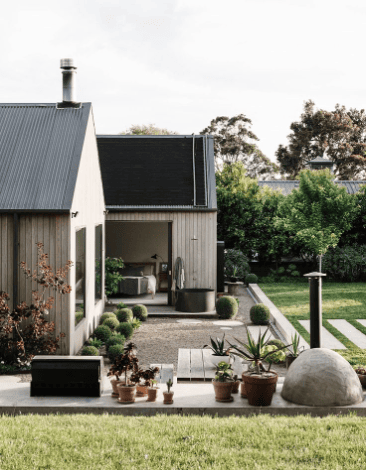
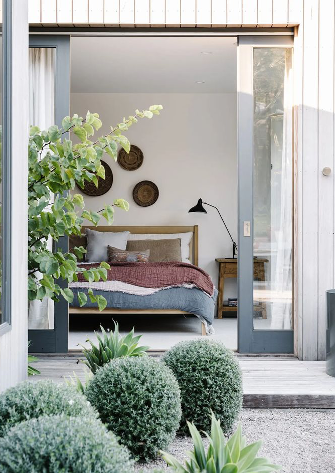
“Biophilia” refers to the innate human tendency to seek connections with nature and other forms of life. While biophilic design in your home is a concept that draws inspiration from the inherent human connection to nature, it seeks to incorporate natural elements and patterns into the built environment, creating spaces that enhance our well-being and foster a sense of tranquillity.
Outside Looking in
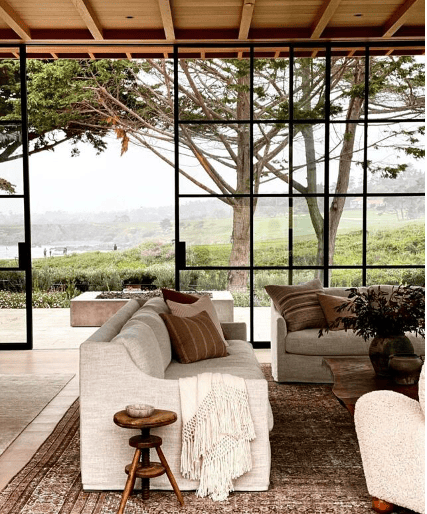

One of the key principles of biophilic design in your home is to blur the lines between the indoors and outdoors. Start by introducing large windows that frame natural views and allow ample natural light to flood your space. This not only creates a seamless connection with the external environment but also has the added benefit of reducing reliance on artificial lighting.
By focusing on this connection, you can create a beautiful interior that aligns perfectly with the exterior — looking stunning from the street, enhancing kerb appeal, and fostering a harmonious flow between your indoor and outdoor spaces.
Consider incorporating natural materials into your interior design. Wood, stone, and bamboo can bring a touch of the outdoors into your home, adding warmth and texture. Opt for furniture and decor made from sustainable materials, not only to enhance the natural aesthetic but also to contribute to the well-being of the environment.
Go Green
Plants are a fundamental element of biophilic design, and they bring life and vitality to any space. Introduce a variety of indoor plants, from small succulents on shelves to larger potted plants in corners. Not only do plants add an eco-friendly element and contribute to improved air quality, but they also create a calming atmosphere, fostering a sense of wellness.Alternatively, consider creating a dedicated indoor garden or a green wall, transforming a blank wall into a lush oasis. This not only serves as a stunning focal point but also maximises the integration of nature into your home.
Natural Hues
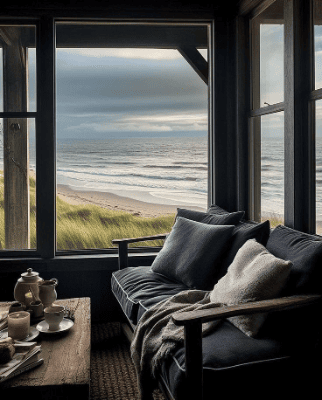
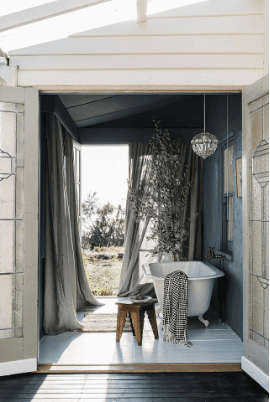
The colour palette you choose plays a significant role in creating a biophilic atmosphere. Earthy tones such as greens, browns, and blues mimic the natural world and can evoke a sense of calm and tranquillity. Integrate these colours into your furnishings, walls, and decor to create a cohesive and nature-inspired look. These subtle design elements can add visual interest while reinforcing the connection to the outdoors.
Don’t Let the Water Run Dry
Finally, the soothing sound of flowing water is a powerful element of biophilic design. Consider incorporating water features, such as indoor fountains or aquariums, into your living space. Not only do these elements enhance the sensory experience, but they also contribute to a calming and tranquil environment.
Ultimately, in a world where urbanisation dominates, incorporating biophilic design in your home is not just a trend; it’s a transformative journey that can positively impact your well-being. By embracing nature and integrating its principles into your living space, you create a sanctuary that nurtures both the body and the soul.